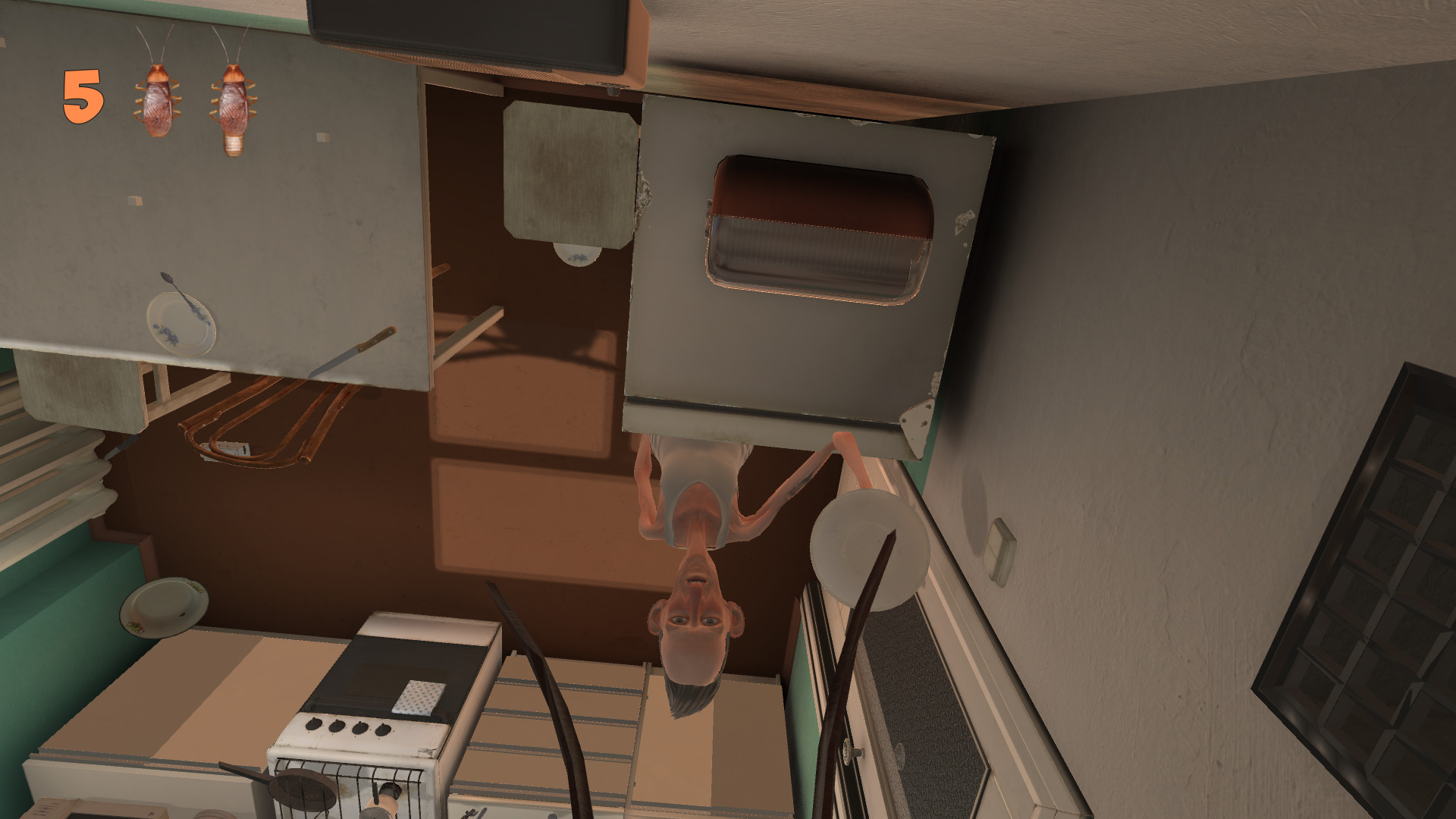
Inferring parameters of computational models that capture experimental data is a central task in cognitive neuroscience.

Setting parameters and "LDS" window for displaying theĥ) To further explore the simulation, please read "Instruction.txt".Ħ.Boelts, J.
#Cockroach simulator gm windows#
AfterĪ short period, two windows will appear: "control" window for The directory where the genesis command resides, type whole PATHĤ) If you can get started GENESIS simulator, then type "TEST". In order to test the simulation, follow these steps:ġ) Make room on the display for he graphical output: move your shellĢ) Change to the directory where the TEST.g scripts reside.ģ) At the shell prompt, type "genesis". In order to run the simulation, you will need these:ġ) a fast computer (Pentium 3 or higher) with enough memory (atģ) GENESIS 2.2 or later installed correctlyĤ) a graphical display with at least a resolution of 1024 x 768ĥ. Region of interest to calculate the membrane potential change thereĭue to the synaptic activity chosen. Users can choose from one, 5,ġ0, 21 and 94 regions for the input sites on the same ipsilateral

The input synapses from mechanosensory afferents are (Raw materials on the 3-D morphometry of the LDS interneuron will beģ. 9:ĭetails on the 3-D morphometry of the interneuron are described in: Including Hodgkin-Huxley type description of active membrane (2006)ĭetails on the physiological characterization of the LDS interneuron Physiological and morphological studies were coordinated byĭetails on the simulation are described in: Using confocal laser scanning microscope techniques. The model is based on physiological experiments carried out byĪkira Takashima using single-electrode voltage clamp techniques andģ-D morphometry of the interneuron carried out by Ryou Hikosaka Terminal abdominal ganglion of crayfish Procambarus clarkii.Ģ. Over the dendrites of the LDS interneuron that is identified in the Synaptic potentials evoked by mechanosensory stimulation spreads This GENESIS simulation show how a single or compound excitatory Synaptic potentials over an identified nonspiking interneuron inĬrayfish using the GENESIS simulator by Akira Takashima, Ryou Hikosakaġ. README file for the simulation of spatio-temporal distribution of Search NeuronDB for information about: I A I K I Potassium Influence of Dendritic Geometry Invertebrate Synaptic Integration Model Information (Click on a link to find other models with that property)Ĭrayfish identified nonspiking interneuron Takahata M, Takashima A, Hikosaka R (2000) Information processing by nonspiking interneurons: passive and active properties of dendritic membrane determine synaptic integration.

Takashima A, Hikosaka R, Takahata M (2006) Functional significance of passive and active dendritic properties in the synaptic integration by an identified nonspiking interneuron of crayfish. The physiological and morphological studies were coordinated by Masakazu Takahata. The model is based on physiological experiments carried out by Akira Takashima using single-electrode voltage clamp techniques and also 3-D morphometry of the interneuron carried out by Ryou Hikosaka using confocal laser scanning microscopic techniques. This GENESIS simulation shows how a single or compound excitatory synaptic potential evoked by mechanosensory stimulation spreads over the dendrites of the LDS interneuron that is one of the identified nonspiking interneurons in the central nervous system of crayfish Procambarus clarkii.


 0 kommentar(er)
0 kommentar(er)
